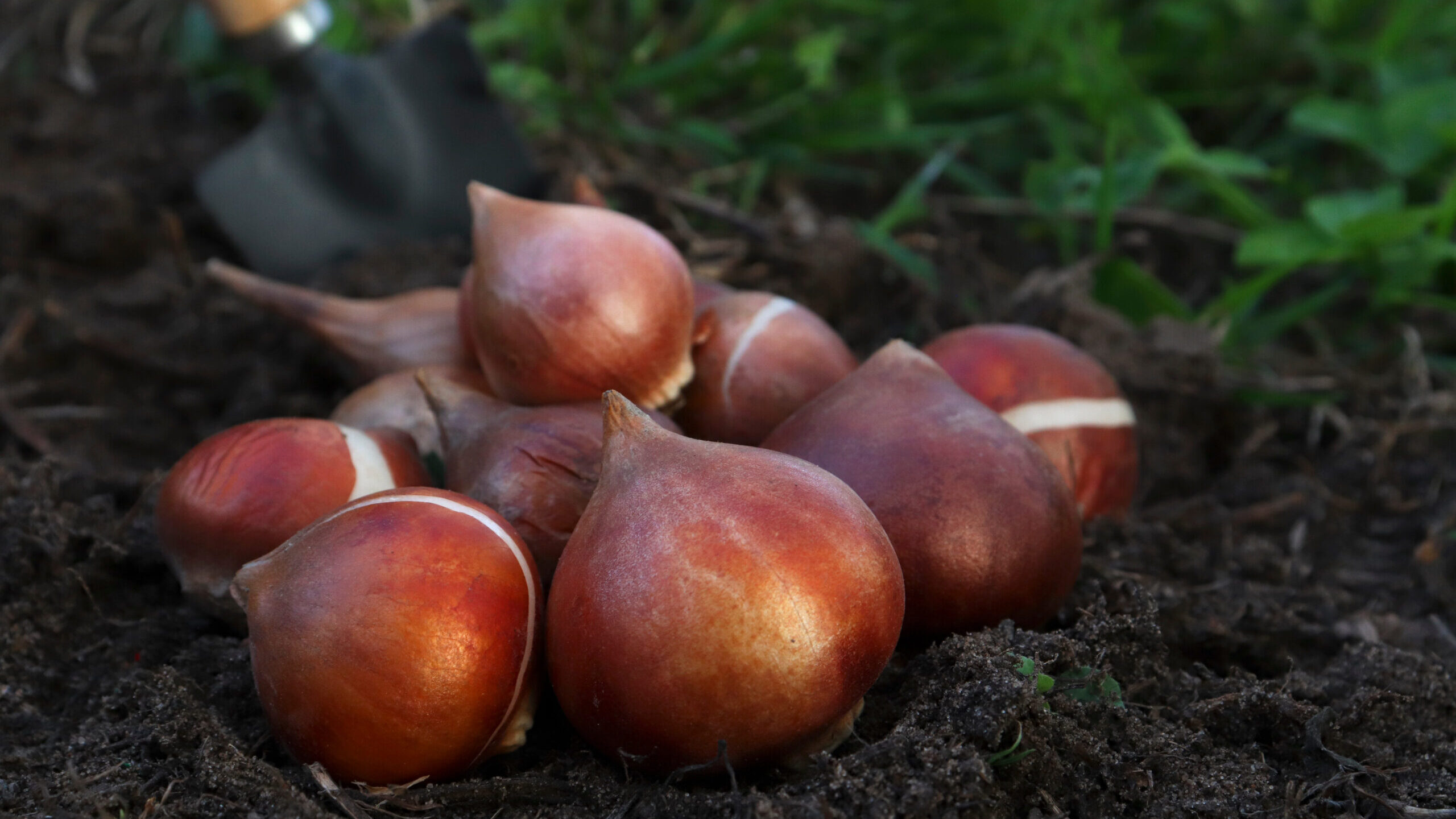
Attract pollinators to your garden early next spring by planting flowering bulbs this fall. Choose a variety of bulbs to appeal to different pollinators and ones that will keep your garden blooming from early spring until summer. Groupings of like flowers are more attractive to pollinators out looking for nectar, and will also delight the gardener’s eye.
Things to Consider
The best time to plant fall bulbs is from mid-September to mid-October. This gives the bulbs plenty of time to set roots. Choose a site that has good drainage, plenty of sunshine, and protection from strong wind. Bulbs can be planted under and around deciduous trees, because by the time they fully leaf out, the bulbs will be done flowering.
Planting depth for bulbs is generally 2-3 times as deep as the diameter of the bulb. See chart below for general planting depth and spacing. Consider spacing bulbs that will naturalize slightly further apart. (Naturalizing is the process of bulbs self-propagating.)
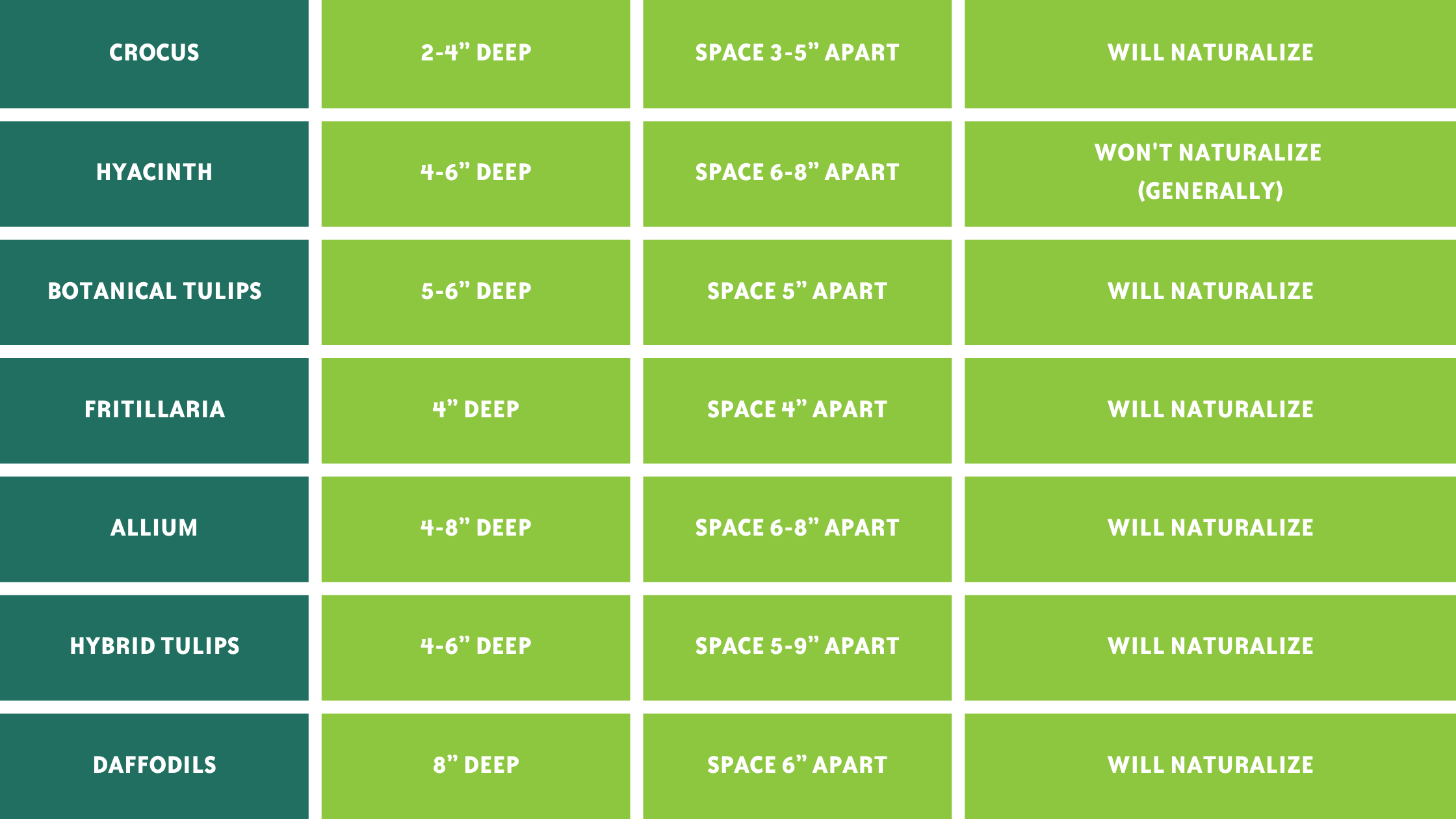
Steps for Planting
- Design your garden. Scatter bulbs for a more natural look or plant in more formal groupings.
- Determine planting depth for different types of bulbs.
- Prepare soil — loosen and add in compost or organic matter as needed to improve drainage and add nutrients. (You can also use bulb fertilizer.)
- Plant bulbs with pointy ends up and the root ends down.
- Cover with soil and 2-3” of mulch. Mulch will help protect the bulbs in the wintertime. Small, early blooming bulbs do not need to be mulched.
- Water well to settle bulbs in place.
- If needed, protect bulbs from squirrels with chicken or sheep fencing.
- Mark where you have planted to avoid accidently digging up the bulbs after their season is over.
When the bulbs are done blooming, continue to water until the leaves wither and die back. The leaves are collecting energy to prepare for the next year’s bloom, so it is important to take care of them until they are spent.
Varieties at the Co-op
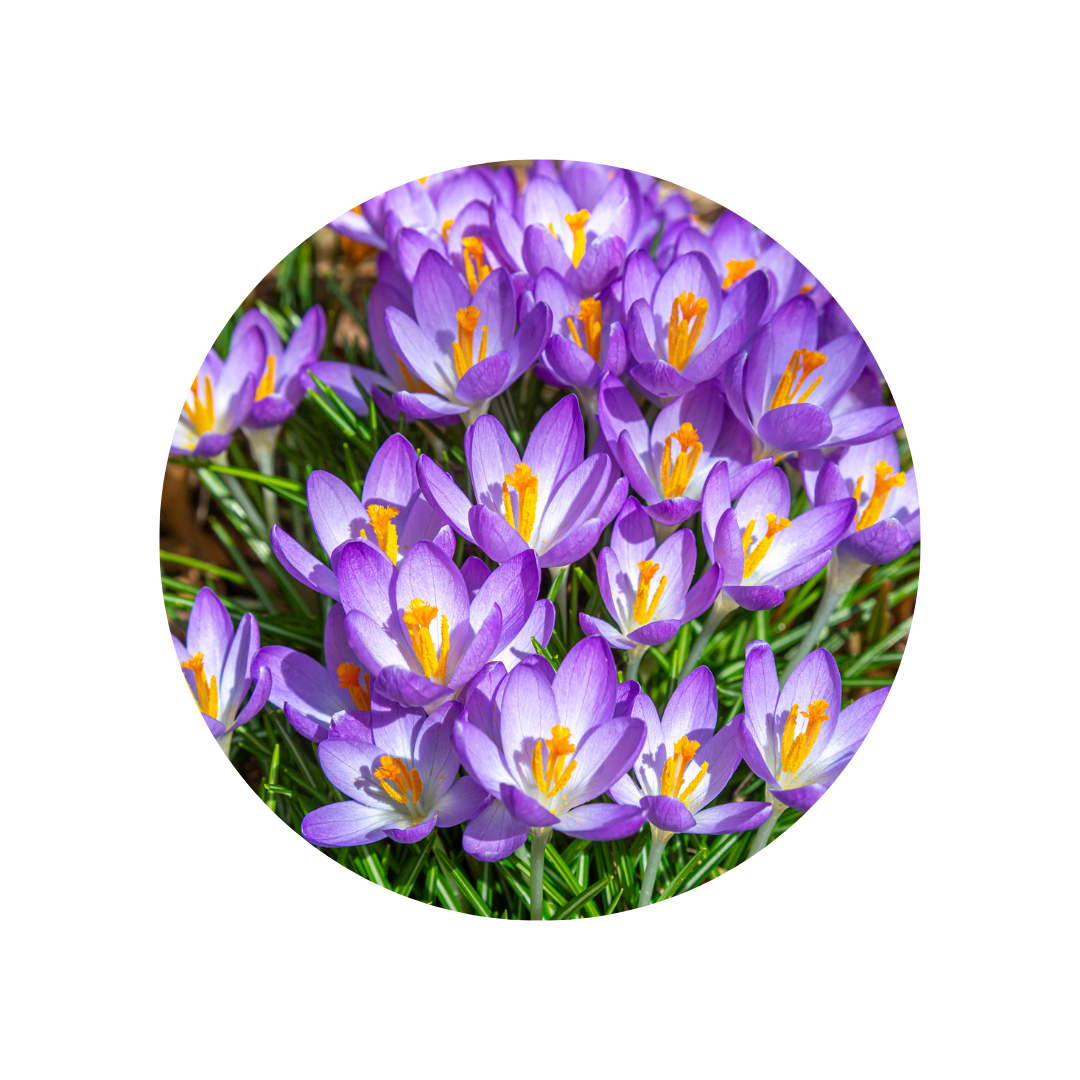
CROCUS
- Blooms late winter and early spring
- Attracts bees
- Usually not bothered by deer or rabbits
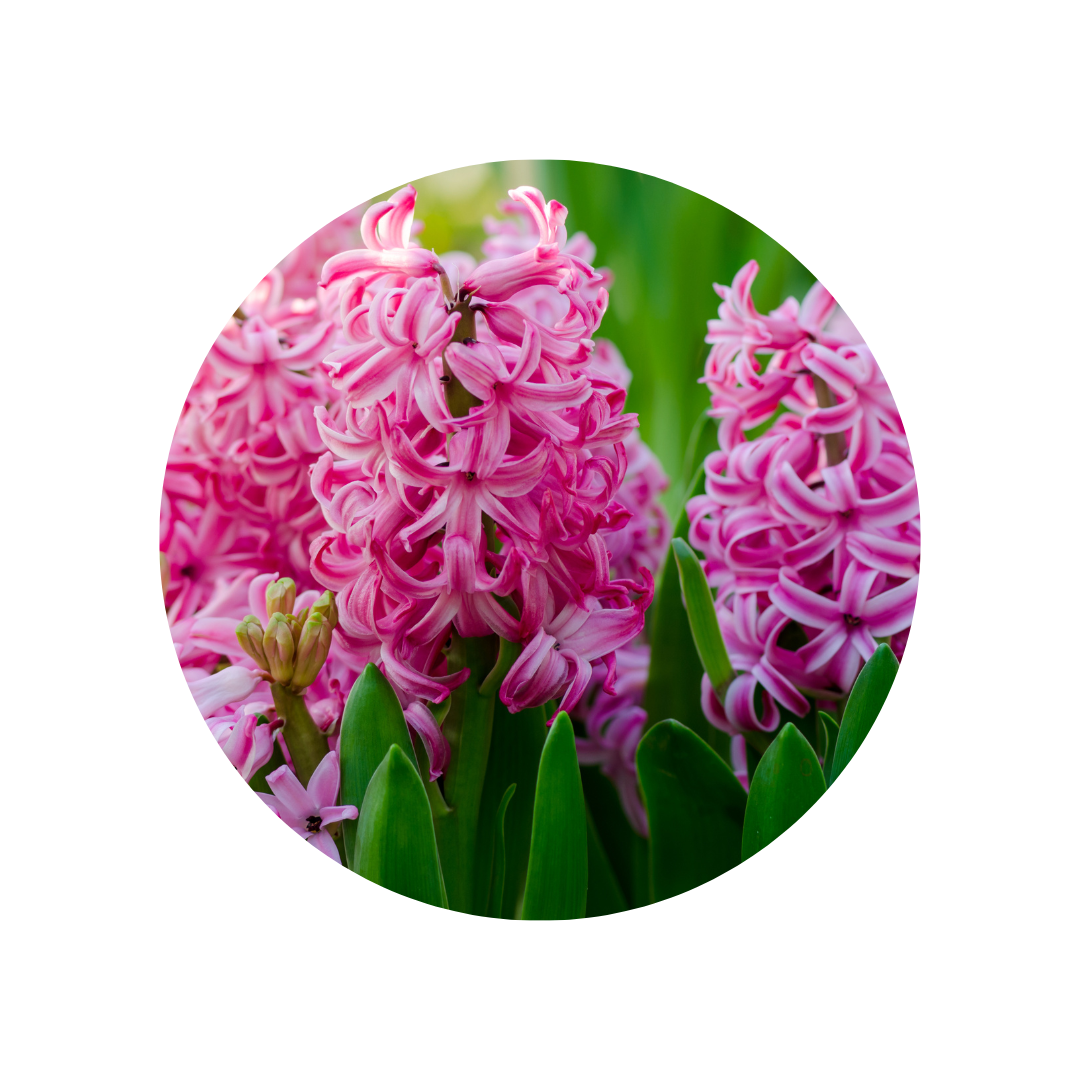
HYACINTH
- Blooms early spring
- Attracts bees
- Not bothered by deer or squirrels
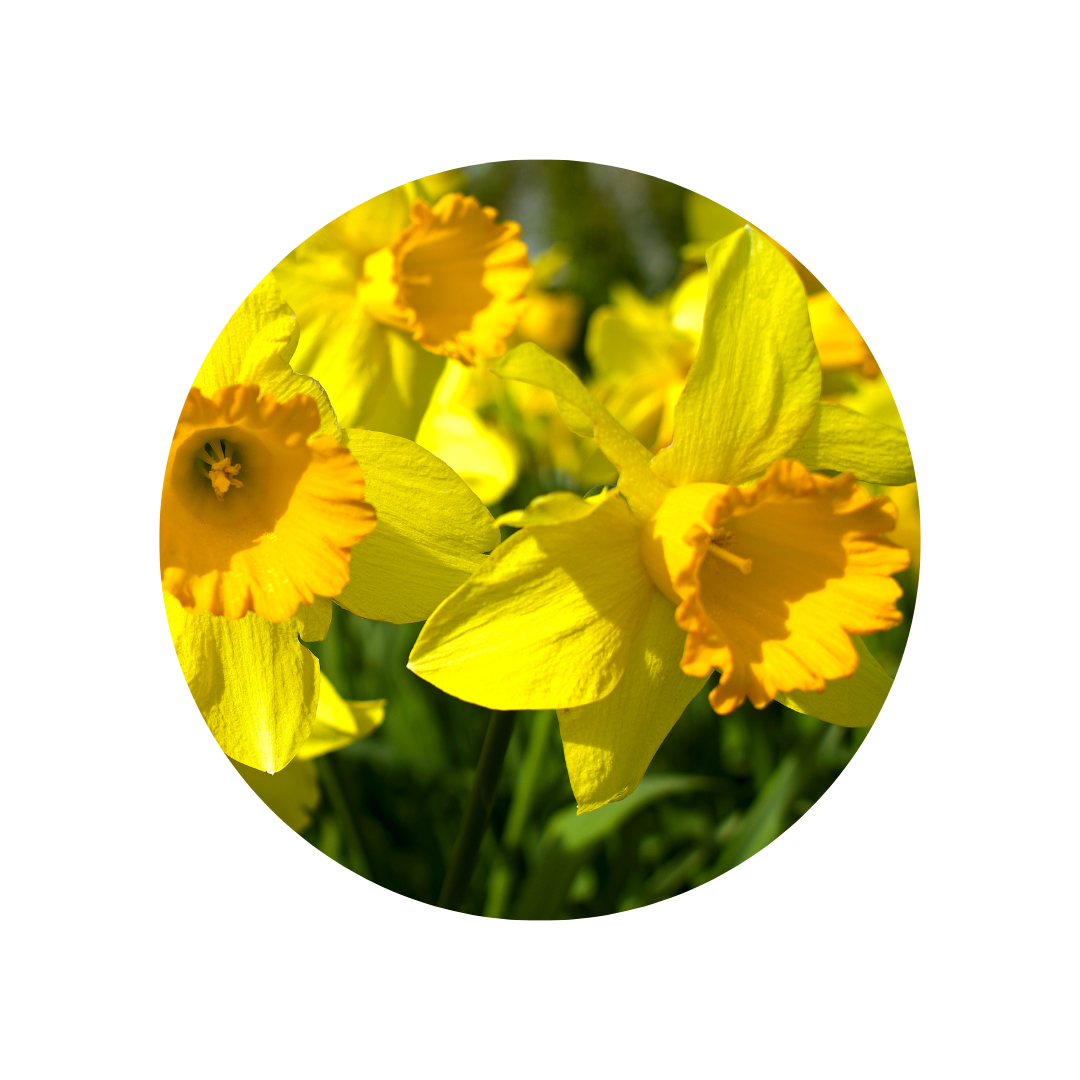
DAFFODIL
- Blooms in early to mid spring
- Attracts bees
- Neither squirrels nor deer eat daffodils
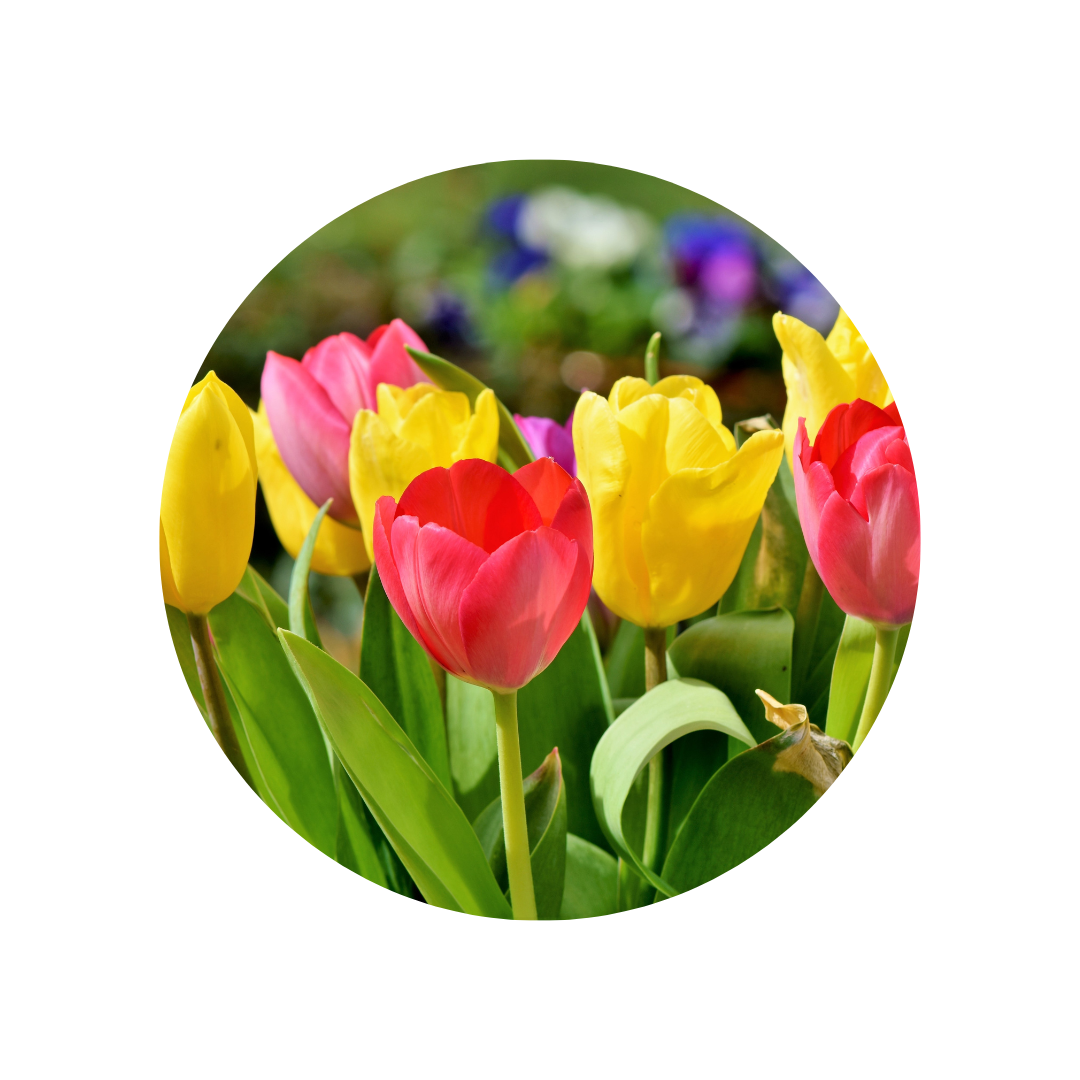
TULIP
- Blooms in early and mid-spring
- Attracts bees and birds
- Can be bothered by deer, squirrels, mice, and other rodents
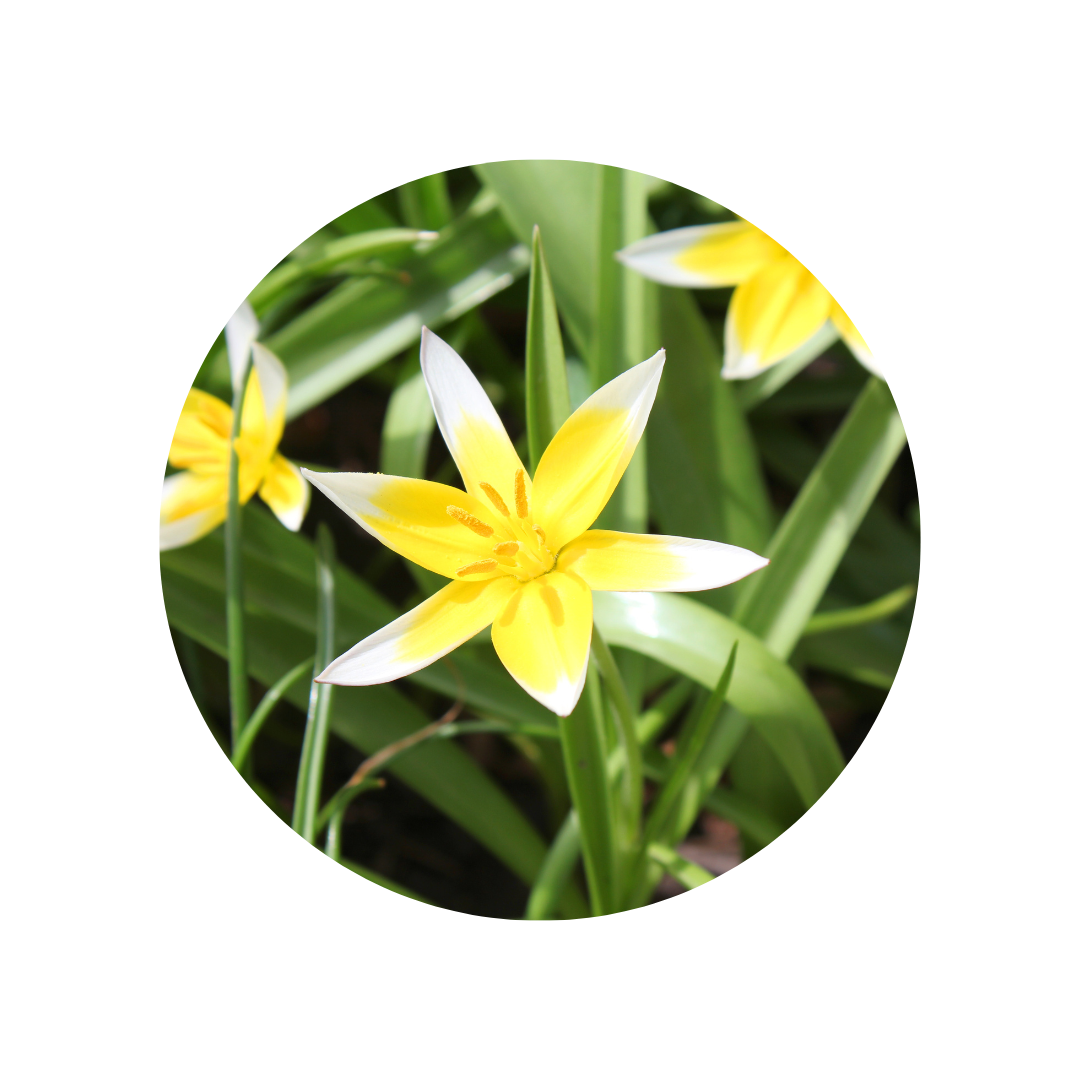
BOTANICAL TULIP
- Blooms in early and mid-spring
- Attracts bees and hoverflies
- Usually not bothered by deer or squirrels
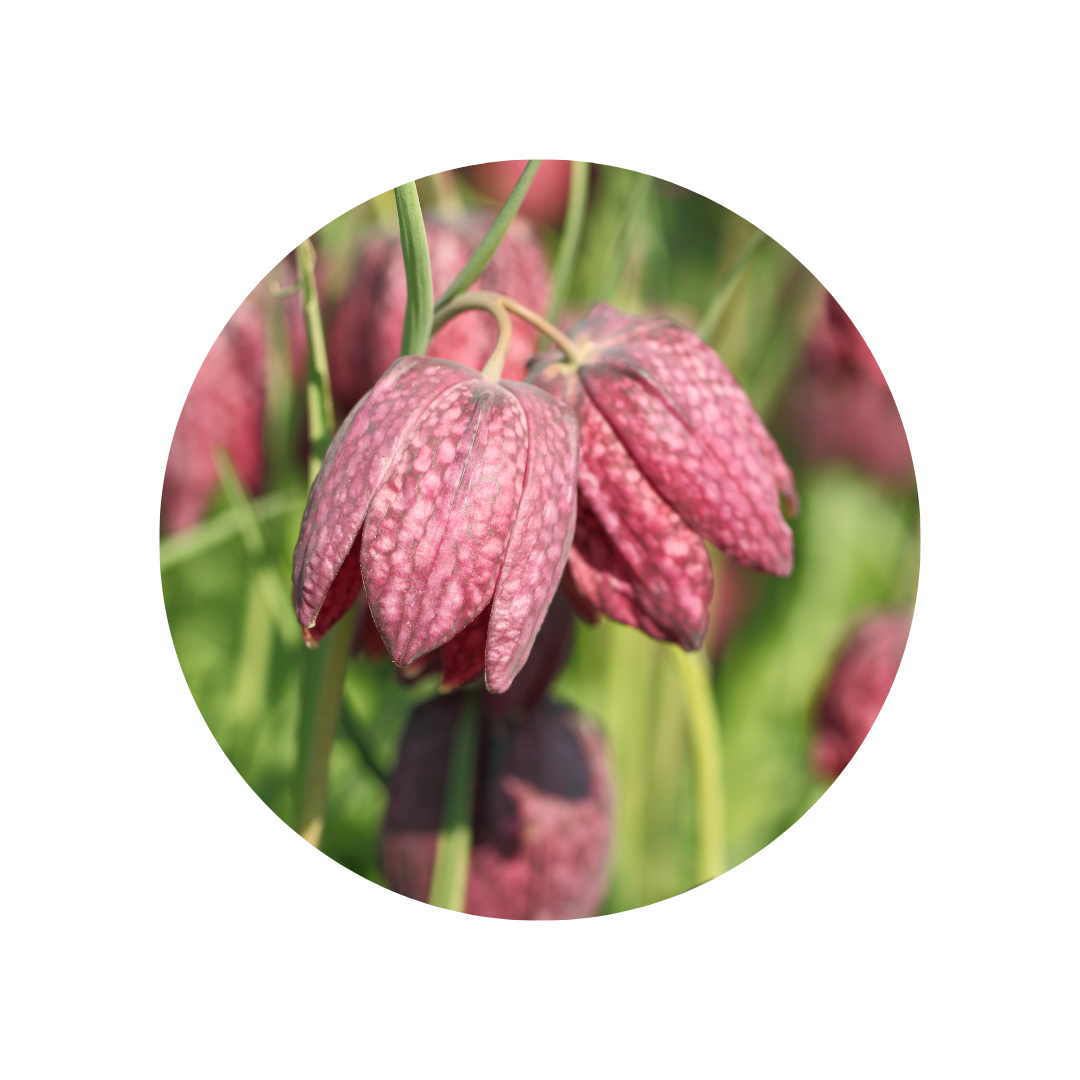
FRITILLARIA
- Blooms mid to late spring
- Attracts birds, flies, wasps and bees
- Resists deer, squirrels, and other bulb-eating rodents
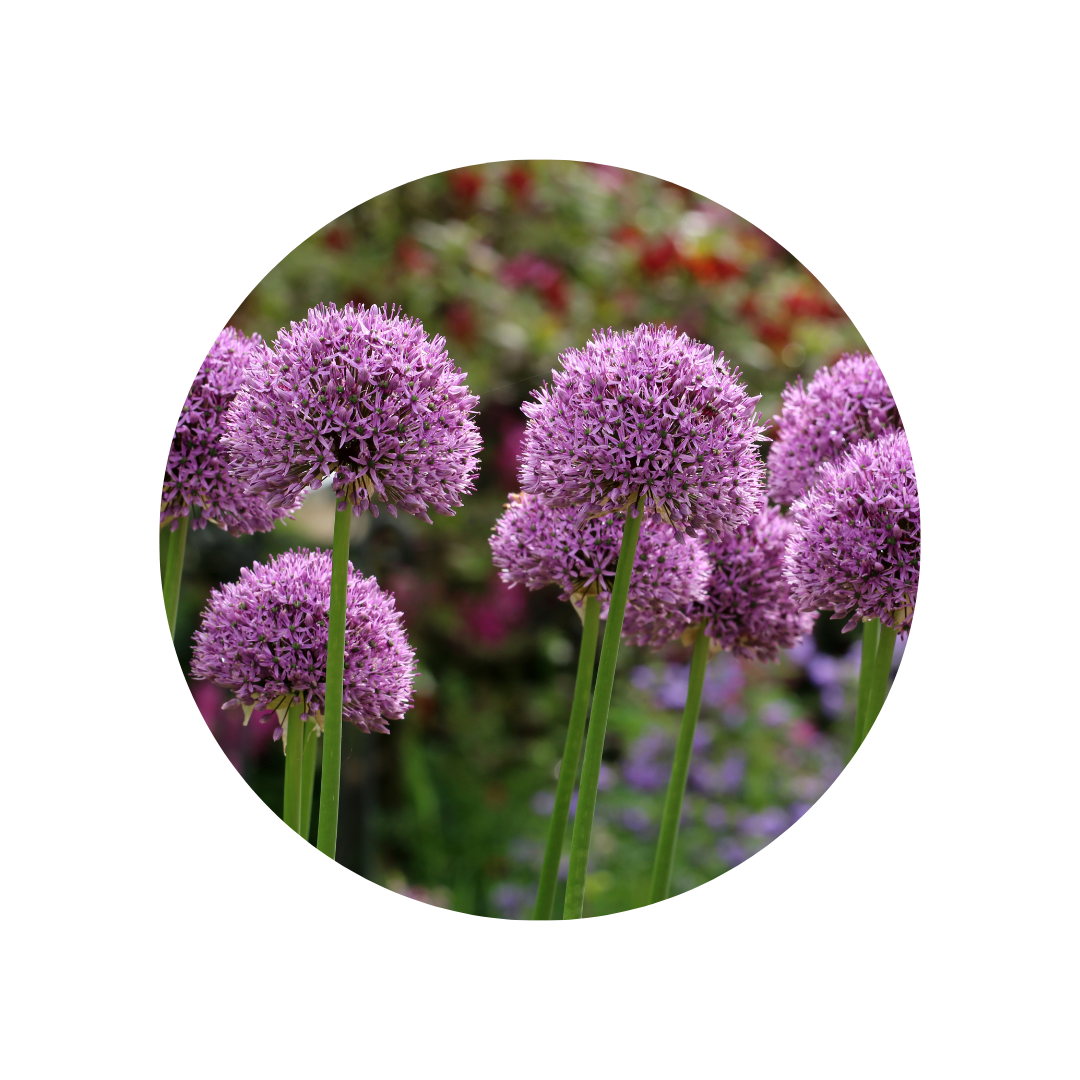
ALLIUM
- Blooms late spring to early summer
- Attracts bees and butterflies
- Deters deer, rodents, aphids and Japanese beetles

